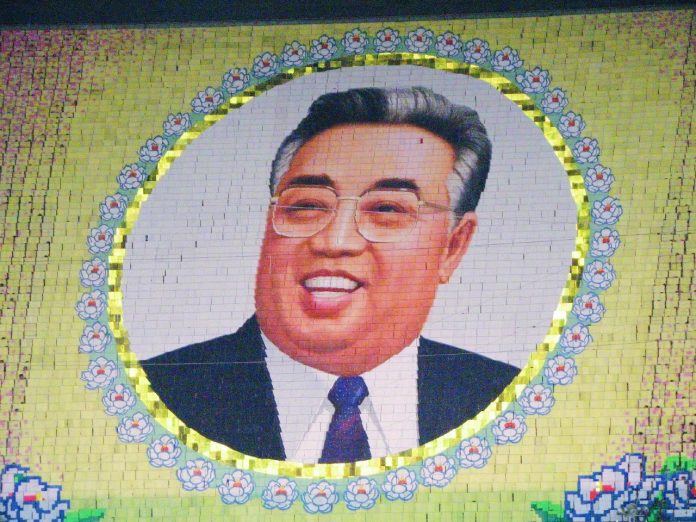
Ever since 1945, North Korea has been ruled by one family. Kim Il Sung was the first to lead the country, followed by his son Kim Jong Il. Then Kim Jong Il’s son, Kim Jong Un, gained power after his father’s death in 2011.
Following Kim Il Sung’s death in 1994, the North Korean economy has shifted towards something like a market economy; however, apart from its economy, other facets of North Korea – censorship of information, limited freedom of movement, and loyalty to the head of state – all still operate much the same way as they had during Kim Il Sung’s reign and continue to shape the North Korean system.
As a result, it is challenging to understand North Korea without discussing the country’s first leader. The author of “Kim Il-sung: A Biography” and a senior research fellow at Kookmin University, Fyodor Tertitsky, told Daily NK that, “Knowing [North Korea’s] history can help us understand the central question about North Korea.”
In short, in order to know why North Korea is the way it is and how the people of North Korea came to live in a totalitarian state, one must know the country’s history. The life of Kim Il Sung, Tertitsky explains, is the history of North Korea.

“Kim Il-sung: A Biography,” which has been published in Korean, deals in detail with Kim’s life from birth to death. The biography spans Kim Il Sung’s birth in Chilgol during the Japanese colonial period and his family’s move to Manchuria after the 3.1 Movement to the early 1930s when Kim joined the Chinese Communist Party and his later appointment as a captain in the Soviet Red Army.
“There’s no such thing as a perfect critical biography of the first North Korean leader,” Tertitsky said, “[And] in the future should the North Korean government collapse or undergo reforms, later scholars are likely to discover a lot of new things about Kim Il Sung.”
However, with no way of knowing when such drastic changes might occur, Tertitsky says he collected the myriad sources currently available to publish the book. The effort was immense, with Tertitsky making use of international sources, written not only in Korean but also in English, Russian, Chinese, and Japanese, to put together what is known about North Korea’s founder.
In the author’s own words, the book is not a perfect critical biography. With the vast majority of historical records about Kim Il Sung stored in North Korea’s archives and with no way for the outside world to access them, no one can claim that the book perfectly describes Kim Il Sung’s life. Yet, this reviewer expects that this book will serve as an excellent reference for any scholar aiming to understand Kim Il Sung and the North Korean system as it has evolved from the time he seized power.
Translated by Rose Adams




















